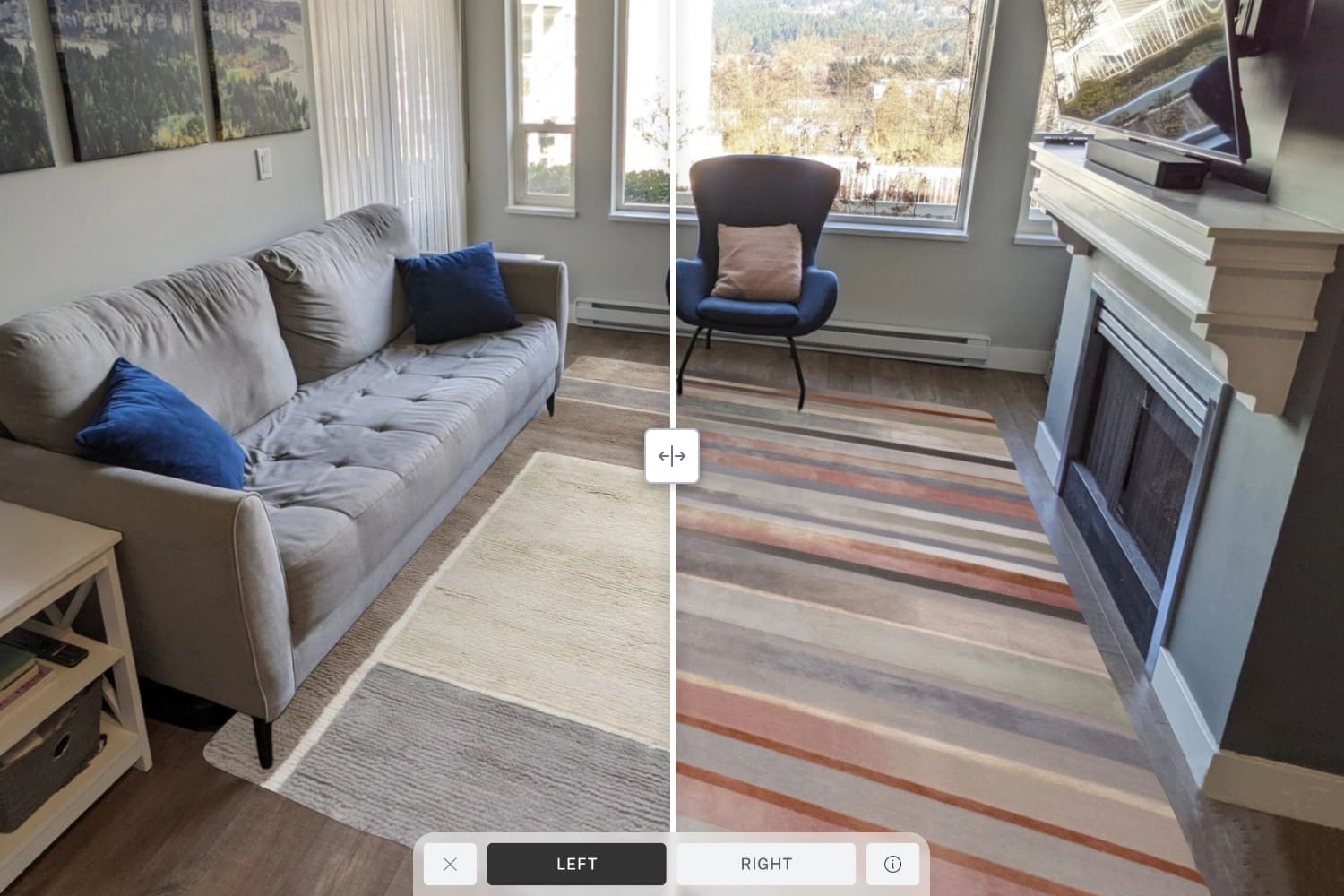Imagine the worst home improvement store you’ve ever stepped foot in.
The aisles are cluttered, product displays are peeling off the walls, and there are no staff available to help. In a situation like this, customers won’t hang around for long.
Now consider your website.
Is it well-designed and simple to navigate? Is the copy clear and compelling? Is it easy for customers to get in touch? Miss the mark on too many of these, and customers won’t spend much time on your site either.
Whether you’re a flooring manufacturer, paint store owner or big box retailer, keeping customers on your site is an essential part of your digital marketing strategy. And, while customers are there, you need to do your best to convert them.
What are conversions?
In inbound marketing, a conversion happens when a website visitor performs one of your desired actions. So, for an e-commerce website, your primary desired action would be to get your customer to your checkout and then purchase confirmation page.
With that being said, website conversions are just as important for brick-and-mortar. 81 percent of customers research products online before visiting a physical store, so it’s important you make a good first impression on your website.
For a flooring manufacturer website, your primary conversion might be to find a retailer that sells your products. On a kitchen showroom site, a conversion could be booking a measuring appointment at the customer’s home or an in-store consultation.
For every visitor that fails to convert, your Cost Per Acquisition (CPA) increases. Fortunately, an effective Conversion Rate Optimization (CRO) strategy can turn more of your visitors into buyers. Here’s five ways to move more people from your website to your showroom or checkout page.
1. Build credibility with customer testimonials.
Cold traffic is difficult to convert, so you need to earn your customer’s trust before they’ll make a purchase or head to your store. With 77 percent of consumers ‘always’ or ‘regularly’ reading online reviews when browsing for local businesses, testimonials are an excellent way to do this.
Place reviews throughout your website to maximize their impact: on your homepage, about page, sales pages, exit intent pages, contact pages, and underneath your blog articles. If your ratings on third-party platforms like Yelp and Google are strong, make sure to include these too.

2. Include a strong CTA on every page.
If visitors don’t click, they won’t convert. Include a strong call-to-action (CTA) on every page to maximize your site’s conversion rate.
Your CTAs reflect what actions you want your customer to perform. As well as booking an appointment at your store or making an online purchase, you can nurture leads for a future sale by incentivizing customers to sign up for your newsletter. Once customers are on your distribution list, you can put your email marketing strategy to work to move them closer to purchase.
Whatever actions you want your customers to perform, consider these tips for optimizing your CTAs:
- Promote your primary CTA multiple times on each page.
- Place your first CTA above the fold.
- Make your CTA a button and boost clicks by 45 percent.
- Put your button in a contrasting colour with whitespace around it.
- A/B test different copy and placement to see what works best.
3. A/B test everything.
CTAs aren’t the only thing you should be A/B testing.
By pitting different layouts, templates, colours, headlines, pop-ups, fonts and more against each other, you can see what works best for conversions.
Test one element at a time to limit the variables and ensure you get actionable results. If landing page A and landing page B have multiple differences, you won’t be able to pinpoint which element influenced your conversions most.
Let’s use layout as an example. You can try putting the copy to the left and the right of your main image and test which landing page has the highest conversion rate. Then, you could experiment with listing the benefits of your product in the form of bullet points or a paragraph. These might seem like minor changes, but you may be surprised by the difference they make.

4. Crunch the numbers.
A/B testing is just one way of using visitor data to optimize your site for conversions. Through data-driven design, you can track how people interact with your site to create a better user experience (UX).
For instance, you can use heat maps to see where your customers are clicking, scrolling, moving, or hovering on your site. Then, you can move your most important content, such as your CTAs, to the areas of the page that get the most attention.
To take it a step further, you can record your customers’ journey through your website with session replay software. Seeing actual footage of individuals interacting with your site allows you to identify and solve problems, such as where and why customers are abandoning their sessions.

5. Use a room visualizer.
Seeing is believing. Room visualizers like Roomvo take the guesswork out of home renovation by showing customers what your products will look like in their homes before they make a purchase.
Customers simply snap a picture of their room, upload it to your website, and swipe through all your products to see which looks best, all while never leaving your site. Flooring, countertops, rugs, wallpaper or paint colour – your customer can customize almost everything in their room, and the number of options keeps growing.
After visualizing your products in their homes, customers feel more confident in their purchase decision and are up to five times more likely to convert.
Continual improvement is key.
A good website is never finished. Through ongoing experimentation and testing, you can continually optimize your site to boost your conversion rate and turn more of your website’s visitors into customers.






